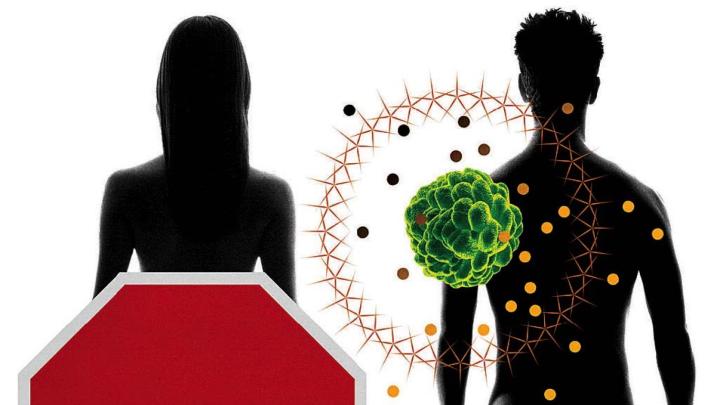Oncologists know that men are more prone to cancer than women; one in two men will develop some form of the disease in a lifetime, compared with one in three women.
But until recently, scientists have been unable to pinpoint why. In the past, they theorized that men were more likely than women to encounter carcinogens through factors such as cigarette smoking and factory work. Yet the ratio of men with cancer to women with cancer remained largely unchanged across time, even as women began to smoke and enter the workforce in greater numbers. Pediatric cancer specialists also noted a similar “male bias to cancer” among babies and very young children with leukemia. “It’s not simply exposures over a lifetime,” explains Andrew Lane, assistant professor of medicine and a researcher at the Dana-Farber Cancer Institute. “It’s something intrinsic in the male and female system.”
Now, discoveries by Lane and the Broad Institute of Harvard and MIT reveal that genetic differences between males and females may account for some of the imbalance.
A physician-researcher who studies the genetics of leukemia and potential treatments, Lane says that he and others noted that men with certain types of leukemia often possess mutations on genes located on the X chromosome. These mutations damage tumor-suppressor genes, which normally halt the rampant cell division that triggers cancer.
Lane initially reasoned that females, who have two X chromosomes, would be less prone to these cancers because they have two copies of each tumor suppressor gene. In contrast, men have an X and a Y chromosome—or just one copy of the protective genes, which could be “taken out” by mutation. But the problem with that hypothesis, Lane says, was a “fascinating phenomenon from basic undergraduate biology called X-inactivation.” In a female embryo, he explains, cells randomly inactivate one of the two X chromosomes. “When a female cell divides, it remembers which X chromosome is shut down, and it keeps it shut down for all of its progeny.”
If female cells have only one X chromosome working at a time, then they should be just as likely as male cells to experience cancer-causing gene mutations. So Lane and his team dug deeper into existing studies and encountered a little-known and surprising finding: “There are about 800 genes on the X chromosome,” he says, “and for reasons that are still unclear, about 50 genes on that inactive X chromosome stay on.”
In a “big Aha! moment,” Lane’s group realized that those gene mutations common in men with leukemia were located on genes that continue to function on women’s inactive chromosome. The researchers dubbed those genes EXITS for “Escape from X-Inactivation Tumor Suppressors.” Women, Lane explains, thus have some relative protection against cancer cells becoming cancer because they, unlike men, do have two copies of these tumor-suppressor genes functioning at all times.
To determine whether this model applied to multiple cancers, Lane partnered with Gad Getz, director of the cancer genome computational analysis group at the Broad Institute, to comb through gene-sequencing data for more than 4,000 tumors that included 21 different cancers (but omitted cancers such as prostate and ovarian, which occur only in males or females). Their results were startlingly clear: of the approximately 800 genes located on the X chromosome, the scientists identified six genes more frequently mutated in men than in women—and five fell into the subset of genes that escape X-inactivation in women.
Lane says this points to the need for medical research to pay closer attention to the differences between men and women. Since these findings were published in Nature Genetics last fall, he has heard from researchers who have run clinical trials in which male and female subjects responded differently to treatments, and now wonder if factors like the EXITS genes in women might have played a role. “It’s possible,” Lane says. “This tells us that at the fundamental level of the cell itself, there may be differences simply based on the genetics.” It also suggests that cancers thought to be the same in women and men actually develop differently. “This could have implications for the behavior of the disease or treatment,” he adds. “To me, the coolest thing about this work is that it opens people’s eyes to the possibilities.”









